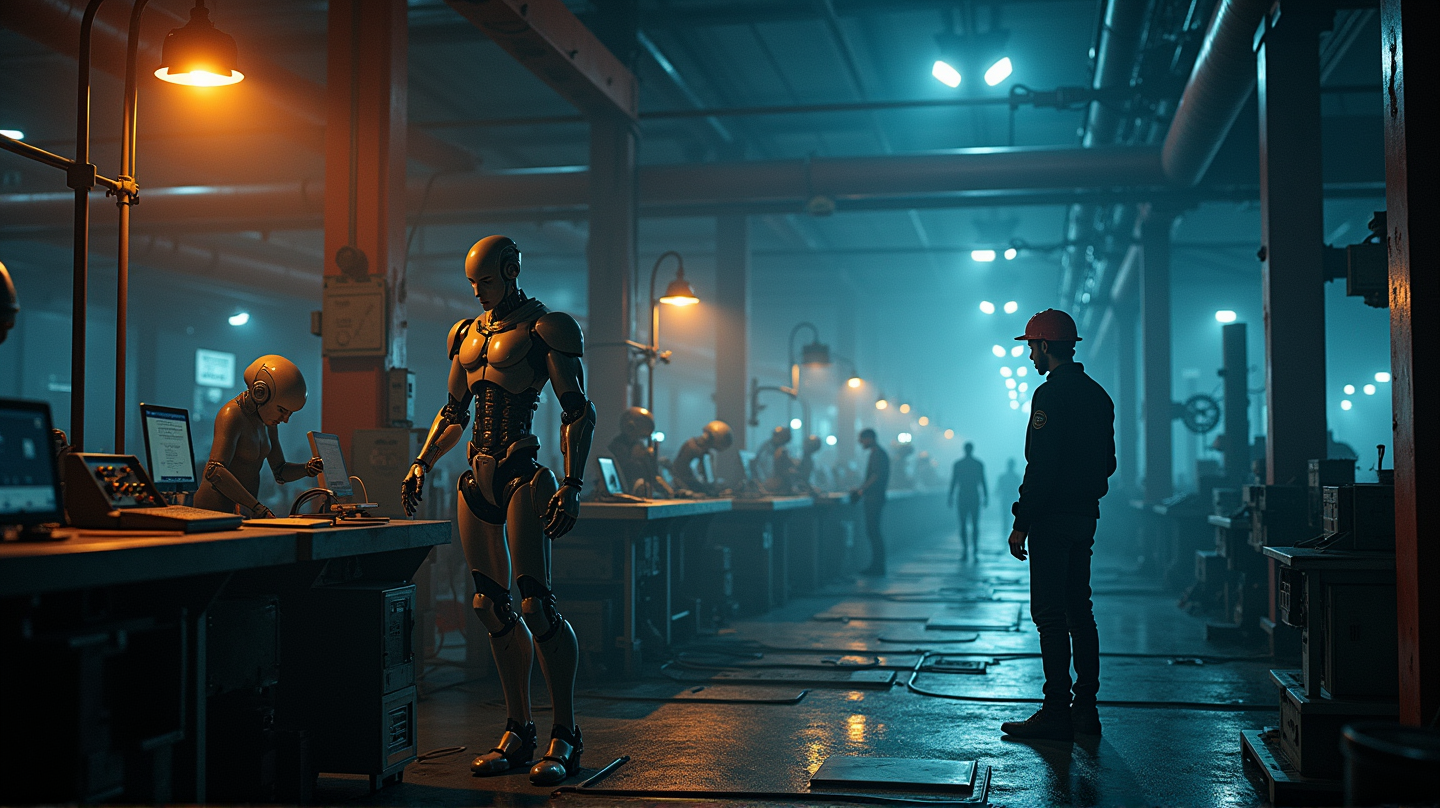While factories tirelessly operate without human touch in China and Japan, the United States wrestles with a more grounded approach. Could hybrid models be the answer for US factories grappling with labor shortages and supply chain issues?
The Rise of Automation in US Factories
In contrast to fully automated marvels abroad, US factories are adopting a cautious path toward automation. The pandemic hastened the call for artificial intelligence, yet no factory in the US can claim full automation. Tesla’s gigafactories, boasting 90% automation, mark the nation’s most ambitious efforts. But why the hesitance to fully embrace the “lights-out” concept?
Retrofits vs. New Beginnings
While nations like China and Japan celebrate automation grounded from inception, US manufacturers face a dilemma: retrofitting existing human-centric facilities for automation. This incremental adoption comes with significant upfront costs, often an insurmountable barrier for companies keen on a clear return on investment. Transition, where automation coexists with manual operations, is the norm.
Hybridity: A Pragmatic Choice
Hybrid models are fast becoming the norm in the US, where automation-powered processes flourish under human supervision. This collaborative dance of robots (fondly termed “cobots”) and humans shows how existing workforce structures can embrace technological evolution without succumbing to obsolescence. As stated in Manufacturing Dive, companies are embracing automation collaboratively rather than in replacement of human roles.
Automation: Friend or Foe for Jobs?
As labor markets adapt, fears of automation-induced job losses abound. Yet experts urge not for elimination but evolution, keeping workers integral by reshaping roles toward maintenance, data interpretation, and design thinking. Upskilling remains imperative, and organizations like A3 lead the charge, offering certifications and training to prepare the workforce for this digital revolution.
The Road Ahead: A Balanced Path
Experts agree that a fully automated US manufacturing landscape remains a distant vision. Instead, a pragmatic balance between manual dexterity and autonomous efficiency offers a compelling roadmap. As industries evolve from simple mechanization to embracing the fifth industrial revolution — powered by AI — workers and technology share a harmonized stage.
In this new era, manufacturing genius lies not in wholly relinquishing human control but in amplifying human potential through inventive integration. The journey to automation may be slow, but it promises to craft a resilient and adaptive future for American factories.
